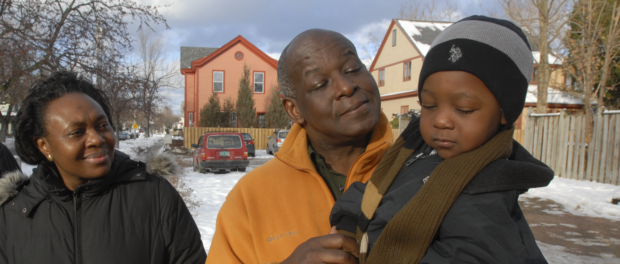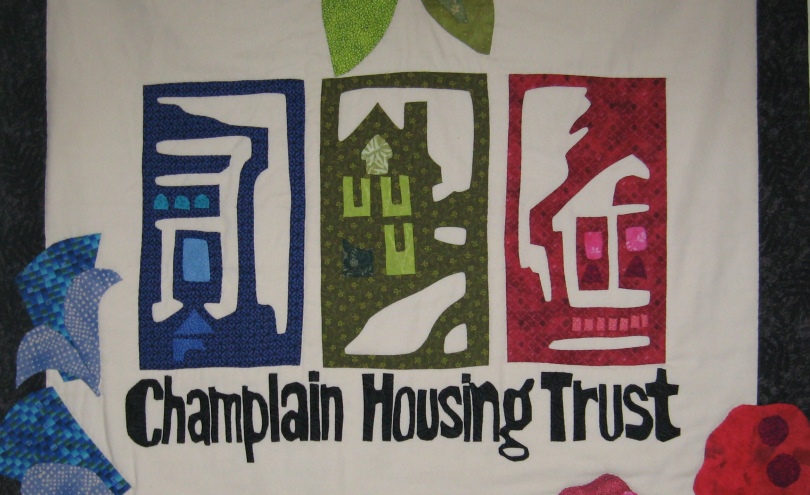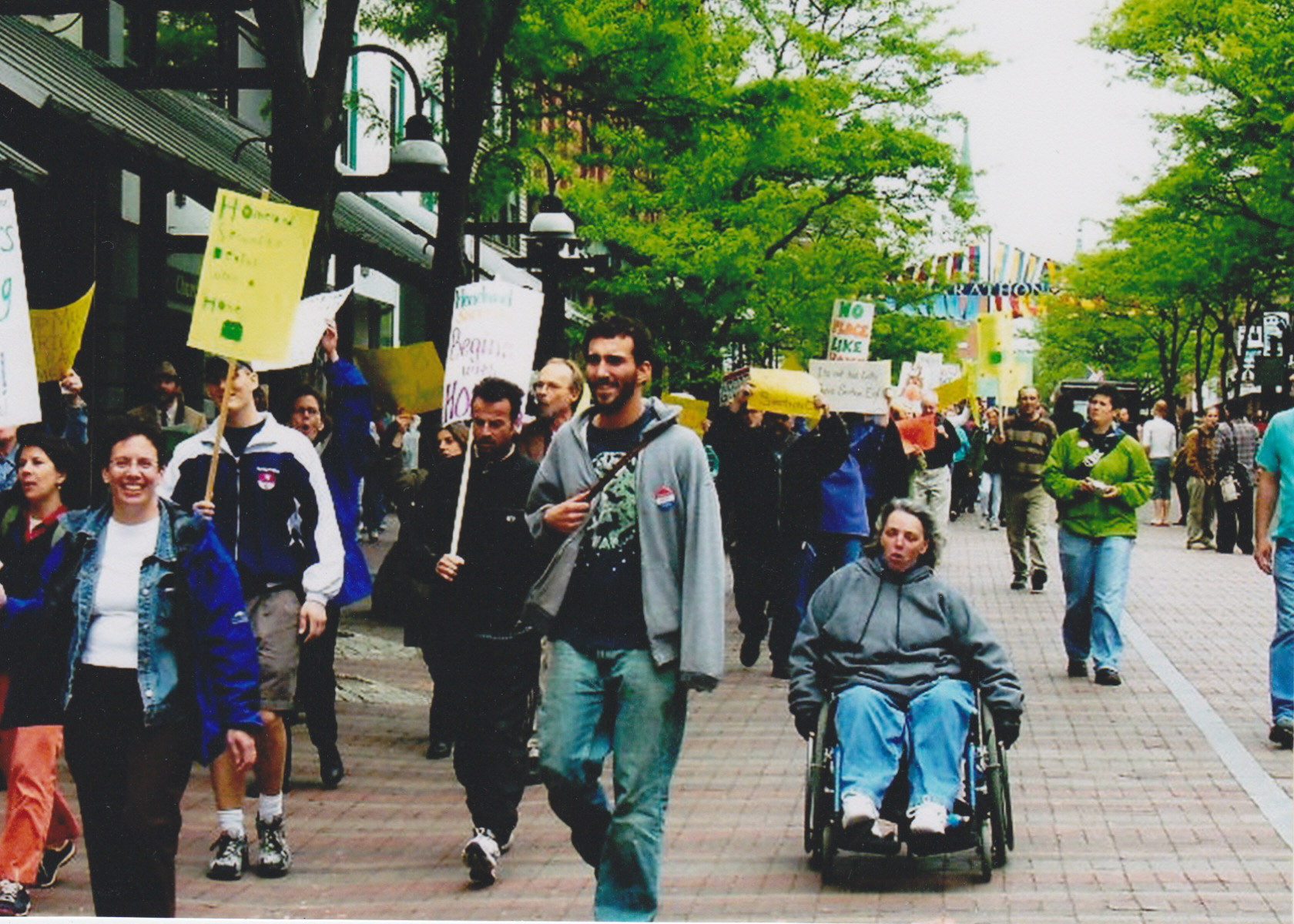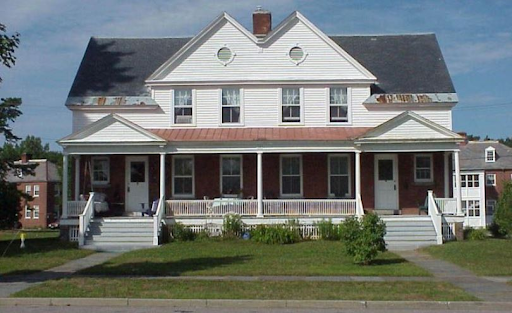
This is the latest in a series of articles about Community Land Trust (CLT) experiences around the world. We selected a few cases based on their potential to inspire others. These examples show how varied CLTs are despite always having the same basic structure: a nonprofit organization made up of residents owns the land in an area, while residents own or rent the homes themselves. Our objective is to present lessons learned from international experiences with CLTs, so we can reflect on how to reach the model’s greatest potential in Brazil and overcome the challenges faced in other contexts. Here, we explore the experience of the Champlain Housing Trust (CHT), a CLT in the city of Burlington, Vermont, in the United States.
Established in Burlington, Vermont in 1984, the Champlain Housing Trust (CHT) is one of the world’s pioneering and most emblematic Community Land Trusts (CLT), and the largest in the world. It was established to provide permanently affordable housing to Burlington residents.

Initially called the Burlington Housing Trust, the Champlain Housing Trust began with the support of Burlington City Hall, which was, at the time, led by current US Senator Bernie Sanders. With a US$200,000 donation from the City, the nonprofit purchased land to build affordable housing. In 2006, the Burlington-based CLT merged with the Lake Champlain Housing Development Corporation, officially creating the Champlain Housing Trust. The merger led to a considerable expansion of the CLT.
 Despite the project’s heavy dependence on public funds, it now seeks to diversify its funding sources through federal, state, and local subsidies, contributions from residents, as well as private investment and donations. Currently, 23% of funding comes from public subsidies, 25% from rents, 16% from property sales, and 36% from income, commercial fees, and other sources.
Despite the project’s heavy dependence on public funds, it now seeks to diversify its funding sources through federal, state, and local subsidies, contributions from residents, as well as private investment and donations. Currently, 23% of funding comes from public subsidies, 25% from rents, 16% from property sales, and 36% from income, commercial fees, and other sources.
Currently, CHT owns over 2,400 low-cost rental properties, 600 for-purchase units, and 115 housing cooperatives. In addition, it owns many commercial spaces and offices. These buildings are not contiguous; CHT’s properties are distributed throughout Burlington, covering a large part of its metropolitan area. This enormous scale makes it the largest CLT in the world, offering some 18% of Burlington’s residential units.
This scale of growth hasn’t come without significant challenges. Guaranteeing collective participatory management is one of the fundamental principles of the CLT model, and with the Champlain Housing Trust’s spacial coverage and growing public, new complications arise to ensure that residents are protagonists of its governance. This is why bringing residents to the forefront of management is one of CHT’s greatest concerns. Residents are encouraged to participate in community assemblies and seats are reserved for them on its managing council, among other methods to encourage direct participation.

Generally, CLTs in the United States acquire land and build housing on that land, or acquire already-constructed housing on the land; the buildings are then sold or rented to individuals, with these residents maintaining control over them, while the CLT owns the land underneath, in perpetuity. Residents then comprise the management structure of the CLT.
Champlain Housing Trust is no different, but its size, age, and flexibility has enabled it to introduce a multitude of methods to acquire and maintain housing, including housing cooperatives, units for rent inside communally-owned buildings, and stand-alone residential units. For most of its properties, CHT owns the title to the land itself, while another entity—be it a cooperative, nonprofit, an individual developer, or other housing entities—holds the title to the buildings on it, which are later converted into affordable housing. For certain rental units and non-residential buildings (albeit less frequently), CHT owns both the land and the buildings on that land.
As time has passed, CHT has expanded its focus from those whose incomes are too low to obtain housing through the traditional market—who are the CLT’s typical target population—to those who cannot secure housing at all—people experiencing homelessness. CHT has purchased nine former motels that now offer temporary housing and a full range of services for unhoused people. Several people who have lived in these CHT “hotels” after being unhoused have eventually found jobs and rented CLT-managed homes; in one particularly notable success story, a former resident of CHT’s temporary housing was able to rent and eventually purchase a home through the CLT.
The CLT model implies a ban on the sale of land; thus, Champlain Housing Trust primarily keeps properties for lease and low-cost rental terms. For single-family homes, the land is transferred to residents through a lease agreement between the landowner (CHT) and the leasee (the resident). These contracts usually last approximately 20 years, but are renewable, depending on the resident’s decision. Each new resident has a new, separate contract with CHT.
To participate in the CLT, residents must be part of a certain income bracket. This is meant to prevent houses from being acquired by high-income individuals, who could otherwise be able to access housing through the traditional market, thus prioritizing access to low-income individuals. Further, anyone wishing to enter the CLT must prove that they do not have another home. In addition, prospective residents must participate in preparatory courses on the CLT model and financial education.
Upon the approval of their application to the Champlain Housing Trust, residents receive an advance of federal and state funds, which help to pay for the purchase of housing. Initially, the resident is only responsible for the costs of the title transfer. The program provides a subsidy to make the unit more affordable to low-income buyers. They also provide low-cost loans for the maintenance and improvement of homes, ensuring their safety and sustainability.

To keep housing affordable and prevent real estate appreciation, the CLT uses a resale formula with a specific price ceiling. When a resident wants to sell their house, they keep 25% of the land value of the property as determined by the traditional market, while the rest is retained by CHT, since the land itself cannot be sold.
The Champlain Housing Trust model was successful in what it set out to do. Today, CHT homes remain affordable for families who earn approximately 57% of the area’s average income, demonstrating its potential in ensuring affordable housing for low-income families. In addition to enjoying well-being and stability in the maintenance of their homes, residents participate in the management of the CLT’s land by engaging in activities that benefit the community. Furthermore, the project’s success has influenced the local government’s housing policy, which now seeks to to prioritize the CLT model as a means to secure access to housing.
CHT’s model has also seen positive environmental impact. CHT homes are compact, in comparison to the United States’ real estate trends and are generally very energy efficient. Located in dense areas of housing developments, within existing and consolidated communities, these homes ensure responsible use of urban spaces and help reduce the use of cars.
Thanks to these significant and innovative impacts in the area of social housing, the Champlain Housing Trust has won several international awards, including the World Habitat Award as a model to guarantee affordable housing globally, given by World Habitat, an organization linked to the UN that recognizes successful housing initiatives. Today, in addition to the management of its own land, CHT assists other housing projects in neighborhoods with higher levels of poverty, by allocating resources and providing technical assistance for the construction of new units, improved housing, and community facilities such as plazas and other common spaces. During the pandemic, the organization aimed a part of its efforts towards building temporary housing for unhoused people and expanding the supply of basic resources for people in vulnerable living conditions.
The Champlain Housing Trust is an emblematic example of the Community Land Trust model. It embodies the CLT model’s potential, both in championing community housing-centric public policy and working as a collective model to guarantee large-scale affordable housing. Over several decades, Burlington’s mobilization around the right to housing has inspired and supported numerous CLT initiatives in cities around the world. Today, CHT actively participates in the global CLT movement, firmly defending the model and supporting its expansion across the planet.
